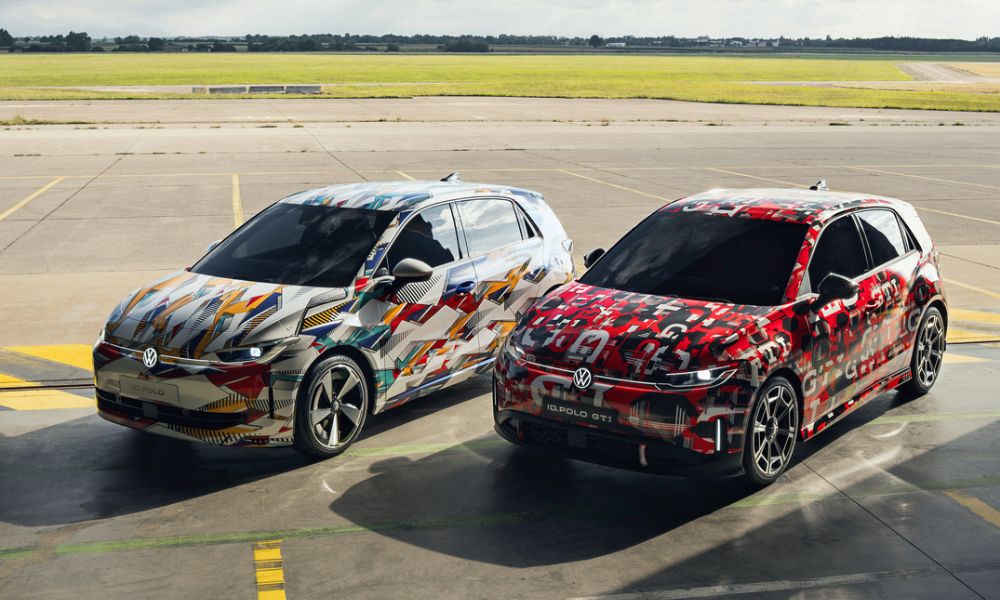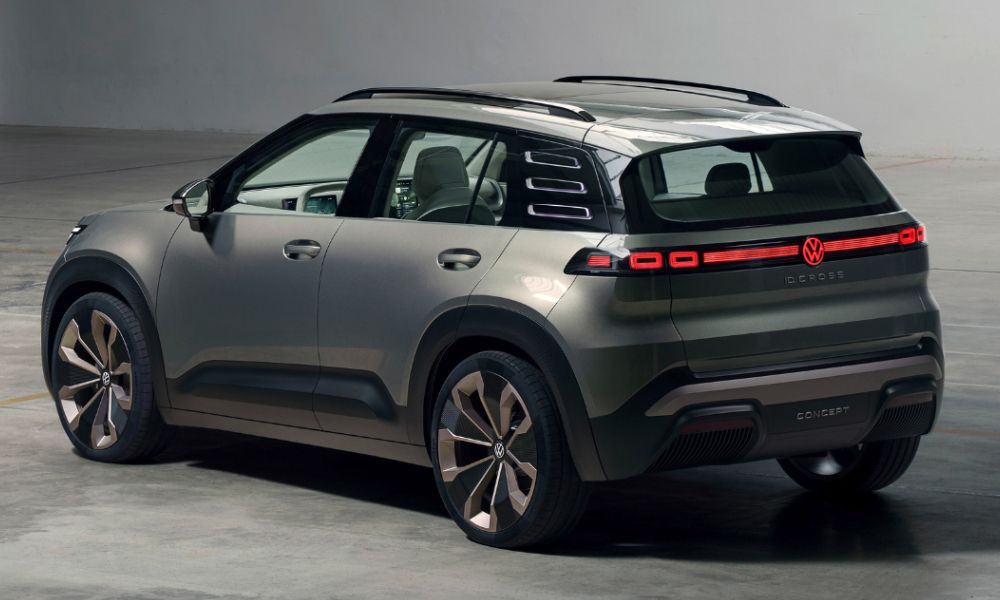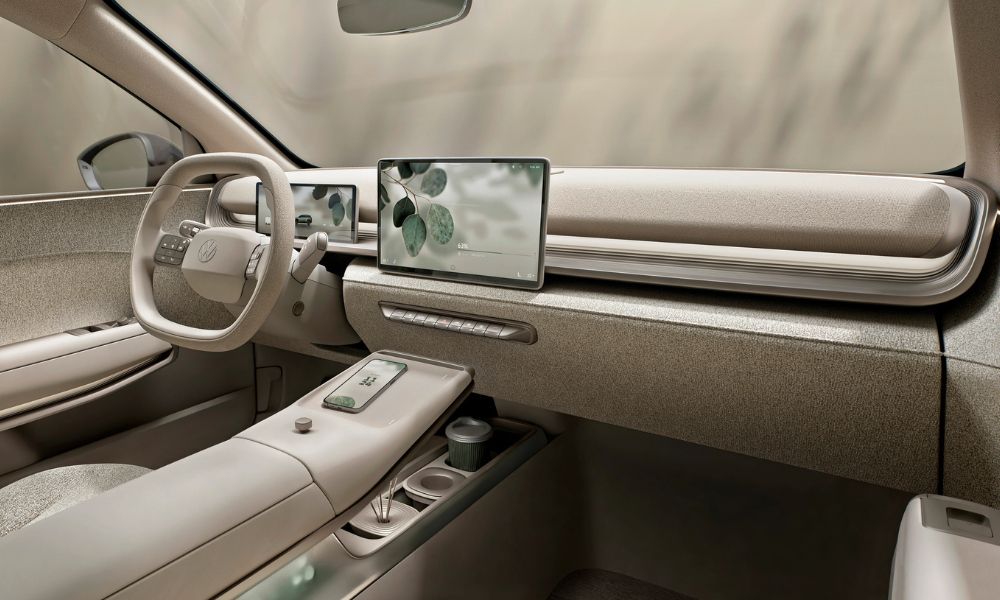One of the highlights of the recently held IAA Mobility show in Munich were a slew of reveals by the Volkswagen Group and in particular Volkswagen as the brand unveiled many concept cars under its ID or electric/new technology brand name. These included the ID.Cross, ID. Polo and the ID. Polo GTI while we also got to see the new T-Roc and the ID. Every1 from close quarters. Most of these cars are in near-production form which meant once they hit the roads they will look quite similar to their concept forms.

The Polo is going electric soon and will be called ID. Polo
We got talking to Design boss at Volkswagen, Andy Mindt to get his perspective on how the design process of new-age cars from the brands is shaping up, what Volkswagen is focusing on when it comes to aesthetics and the factors determining how a car is eventually designed. Mindt was previously heading design at Bentley before taking up his current role in early 2023.
Also Read: IAA 2025: Volkswagen ID.Cross Concept Previews Taigun-Sized Electric SUV

New-gen VW T-Roc was unveiled at IAA Mobility.
“We need to understand the brand first and then make the design. Before we sketch something, lets analyse what the customer wants and then you design the car. And this is how we do it now and it’s very powerful”, he says, adding that a particular car’s design has to subscribe to the brand philosophy. What the customer wants from the brand is equally important as what he wants from his car. That is the philosophy the design team at Volkswagen, headed by Mindt, is now pursuing.

The ID.Cross was the big VW unveil at the Munich Motor show.
Keeping costs in check is important and Mindt lists several examples of it. Talking about the new ID.Cross, the electric version of the T-Cross (and possibly the electric Taigun, if and when it comes to India), he had to simply look at his previous job as design head of Bentley for inspiration. “The two-spoke steering wheel is pretty much like the one seen on Bentley and I liked it so much that I wanted to bring it to VW.”
Also Read: Volkswagen Tiguan R-Line Review: Function Takes Form

Many design innovations in ID.Cross cabin helped VW cut costs.
It wasn’t just the wheel, many traditional elements on the doors were changed too. “Traditionally you have the armrest, door opener and grab handle, we said can we integrate all of them into one single part? Three things in one saves money and is better quality too.” He added that a lot of decorative elements were removed and the brand decided to put that money somewhere else which would be more beneficial for the customer.

ID.EVERY1 will be the most affordable EV from the brand.
Another way to cut costs was the removal of cladding from all around the exterior. Talking specifically about the ID.Every1 concept car, Mindt said, ” You see a lot of French and Korean cars with lot of claddings, we said throw them away, have more painted areas and save some money”. This according to him resulted in a car that despite being an entry-level model that is built to a cost, looks more polished than an average mass market car. VW aims to launch a production version of the hatch in Europe, priced starting at 20,000 euros, sometime in 2027.
Also Read: Volkswagen Golf GTI First Drive Review: High Speed Happiness!

The Polo is going electric in the 50th year of its existence.
So what has been his biggest design challenge? Well, it has got to do something with VW’s most iconic nameplate going electric. The concept on which the Electric Polo or ID. Polo is based, the ID.2all was a major design challenge due to an unusual factor – lack of time! “I had just six weeks to prepare the car. I had to make the foundation, the design values, the strategy and deliver the design in six weeks. That was really crazy, there was no time for faults.”

Cars need to have smiling, not aggressive faces says Mindt.
The next important point we discussed was how electric cars in particular are designed and if they should be distinct from ICE vehicles when it comes to looks. “We try to make the face more friendly (on EVs), not aggressive. There are a lot of companies doing this but we say no, we want to make a friendly appearance. This is what everybody wants.” In an interesting observation, Mindt adds that users of EVs and ICE vehicles are getting split in the society. “Cars need to look similar so that people can unite. Why do we need to make a short bonnet, a long windshield and a big dash on EVs?”, he quips.

Are big screens the and digital buttons the future of VW cars?
Finally, the Volkswagen design boss has an extremely strong opinion when it comes to extensive use of screens and reducing number of physical buttons inside cars. “We put the physical buttons for most important features so that people don’t get frustrated in searching for them” adding that features should decide how the interior is designed and how their controls need to be provided. Stating that he’s not a huge fan of pillar-to-pillar or retractable screens, he says, “We are going back to standard functionality. We will always have the same buttons at the same place in any VW. I believe the sometimes you have to separate trend from the hype” he signs off.

